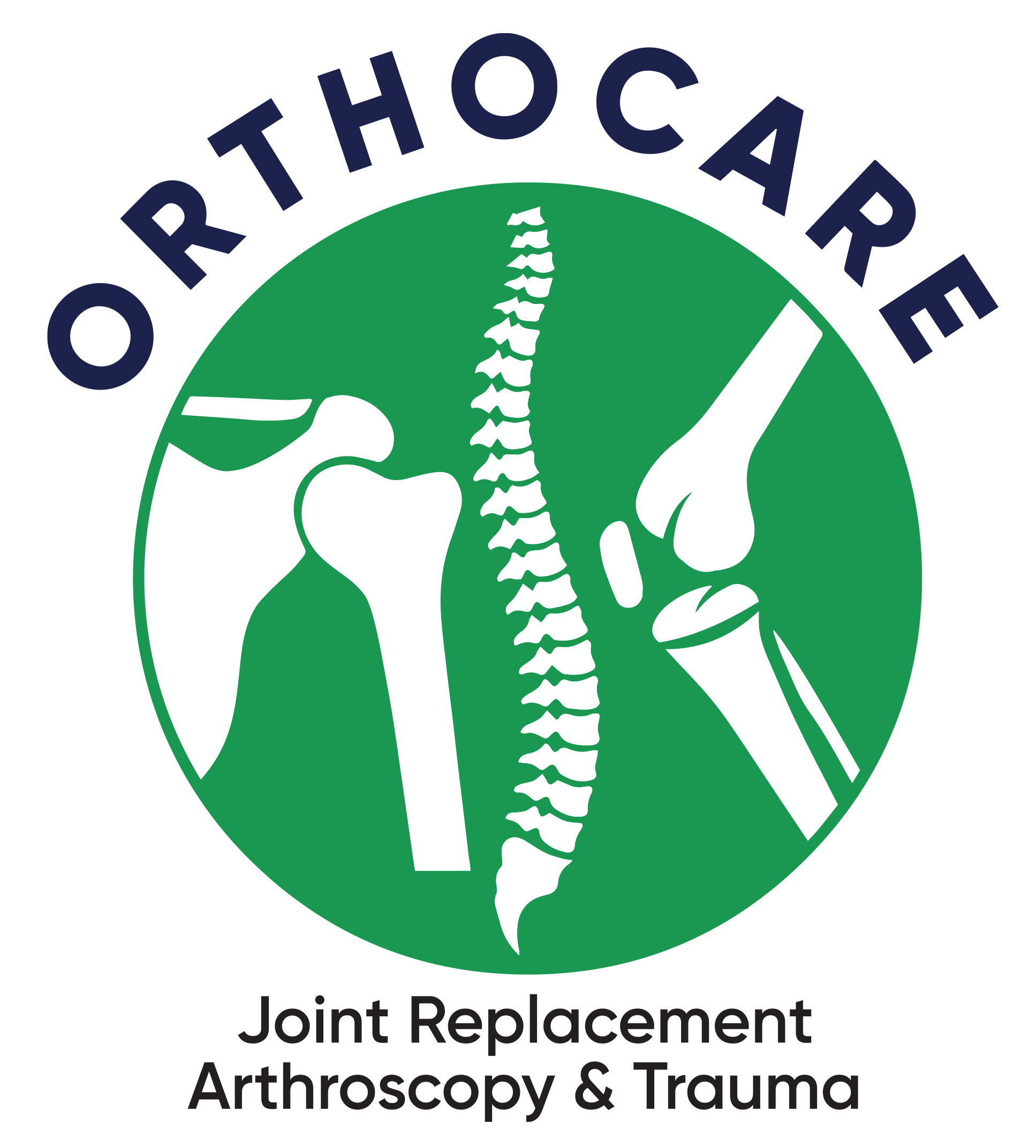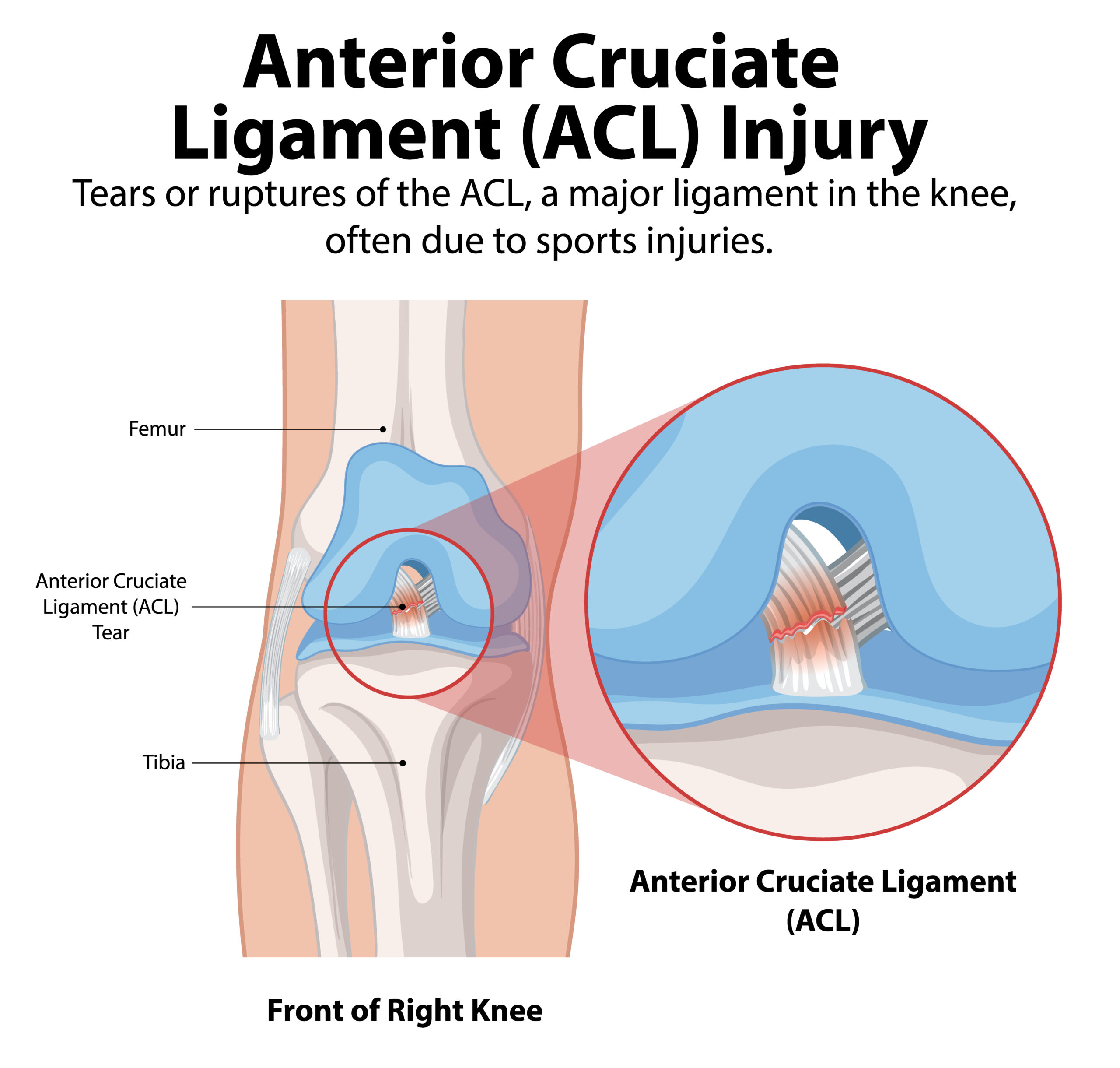Meniscus Tear: Repair vs Trimming (Meniscectomy) – Choosing the Right Treatment
Knee pain can disrupt your daily life, limit your movement, and prevent you from enjoying sports or even simple activities like walking or climbing stairs. One of the most common knee injuries we see at Orthocare Bangalore, located in Rajajinagar, is a meniscus tear.
When it comes to treatment, two main surgical options are considered: meniscus repair and meniscectomy (trimming of the torn part). Understanding the difference between these two procedures is crucial in making an informed decision. In this detailed guide, we’ll break down everything you need to know about meniscus tears, how each treatment works, and how to decide which is best for you — especially if you’re seeking orthopedic care in Rajajinagar or surrounding areas.
What is a Rotator Cuff?
The rotator cuff is a group of four muscles and tendons that stabilize the shoulder joint and allow a wide range of motion. These include:
- Supraspinatus
- Infraspinatus
- Teres Minor
- Subscapularis
Together, these muscles form a cuff over the shoulder joint. When any of these tendons are injured or torn, it can lead to pain, weakness, and limited arm movement — a condition referred to as a rotator cuff tear.
How Do Meniscus Tears Happen?
Meniscus tears can result from sudden trauma or gradual degeneration. In Rajajinagar, our orthopedic team frequently treats meniscus tears caused by:
- Sports-related trauma – Quick twists, sudden pivots, or direct impacts, often seen in activities like football, basketball, and tennis.
- Accidents – Falls or collisions
- Degenerative changes – Age-related weakening of cartilage
- Combined injuries – Often seen alongside ligament tears such as ACL injuries
Symptoms of a Meniscus Tear
Typical signs and symptoms include:
- Pain in the knee joint (especially when twisting or squatting)
- Swelling and stiffness
- A popping sound during the injury
- Locking or catching sensation in the knee
- Limited range of motion
- Feeling like the knee is “giving way”
If you have these symptoms and live in or near Rajajinagar, it’s important to get an evaluation from a knee specialist for early diagnosis and treatment.
Diagnosing a Meniscus Tear
A knee specialist will start with a physical examination, checking for tenderness along the joint line, swelling, and restricted movement. Common diagnostic tools include:
- MRI scan – The gold standard for visualizing meniscus injuries
- X-ray – To rule out bone fractures or arthritis
- Arthroscopy – A minimally invasive procedure to view the meniscus directly
At Orthocare Bangalore in Rajajinagar, we use advanced imaging techniques for precise diagnosis, helping us decide whether repair or trimming is the best choice.
Meniscus Repair vs Trimming (Meniscectomy) – The Key Difference
Once a meniscus tear is confirmed, your orthopedic surgeon will recommend either:
1. Meniscus Repair
- Involves stitching the torn meniscus back together.
- Retains the maximum amount of the natural cartilage.
- Usually done arthroscopically with small incisions.
Best suited for:
- Younger patients with good healing capacity
- Injuries located in the outer third of the meniscus (the red-red zone), which has a rich blood supply.
- Recent tears caused by trauma
Advantages:
- Maintains knee stability and shock absorption
- Reduces risk of long-term arthritis
- Preserves natural knee function
Disadvantages:
- Longer recovery time compared to trimming
- Not suitable for all tear types or locations
2. Meniscectomy (Trimming)
- Entails trimming away the damaged part of the meniscus while keeping as much healthy tissue intact as possible.
- Can be partial (only damaged part removed) or total (entire meniscus removed, rare today).
Best suited for:
- Degenerative tears or tears in areas with poor blood supply (inner meniscus)
- Cases where the meniscus cannot be repaired because the tissue is too damaged.
- Chronic tears with frayed edges
Advantages:
- Shorter recovery period
- Immediate pain relief in many cases
Disadvantages:
- Taking out a portion of the meniscus can raise the likelihood of developing arthritis in the long term.
- Reduced cushioning in the knee
Recovery Timeline: Repair vs Trimming
|
Aspect |
Meniscus Repair |
Meniscectomy (Trimming) |
|
Surgery Type |
Arthroscopic repair |
Arthroscopic trimming |
|
Recovery Time |
4–6 months |
4–6 weeks |
|
Weight Bearing |
Delayed (may need crutches for 4–6 weeks) |
Usually within days |
|
Return to Sports |
4–6 months |
4–8 weeks |
|
Long-term Health |
Better joint preservation |
Slightly higher arthritis risk |
How to Decide Between Repair and Trimming
The choice between repair and trimming depends on:
- Location of the tear – Outer third (repairable) vs inner third (less blood supply)
- Pattern of the tear – Vertical, horizontal, flap, radial
- Patient age and activity level
- Overall knee condition – Presence of arthritis or ligament injuries
- Surgeon expertise and available technology
Patients in Rajajinagar benefit from consulting a local orthopedic surgeon who understands the specific needs of active individuals, sports enthusiasts, and those with age-related degeneration.
The Surgical Process
Both meniscus repair and trimming are typically performed as arthroscopic procedures:
- Small incisions are made around the knee.
- An arthroscope (camera) is inserted to visualize the joint.
- Depending on the decision:
- Repair: The tear is stitched using special sutures and tiny anchor devices.
- Trimming: Torn parts are removed, edges smoothed.
- The procedure usually takes 30–60 minutes.
- Patients go home the same day in most cases.
Rehabilitation After Surgery
For Meniscus Repair:
- First 4–6 weeks: Limited weight bearing, use of crutches.
- 6–12 weeks: Gradual increase in range-of-motion exercises.
- 3–4 months: Strengthening exercises for quadriceps and hamstrings.
- 4–6 months: Return to sports or intense activities.
For Meniscectomy:
- First week: Walking with minimal support, swelling control.
- 2–4 weeks: Range-of-motion and light strengthening.
- 4–6 weeks: Return to normal activities and light sports.
Why Choose Orthocare Bangalore in Rajajinagar?
At Orthocare Bangalore, we offer comprehensive knee care for patients in Rajajinagar and nearby areas. Our advantages include:
- Specialist Orthopedic Surgeons skilled in arthroscopic repair and trimming
- State-of-the-art facilities for accurate diagnosis and advanced treatment
- Customized treatment plans tailored to each patient’s lifestyle and activity level.
- Rehabilitation support for faster and more complete recovery
- Easy accessibility for residents of Rajajinagar and surrounding neighborhoods
Learn more about our knee treatment options here.
Conclusion
Whether you need meniscus repair or meniscectomy, the decision depends on the type and location of the tear, your age, and your activity level. Residents of Rajajinagar have access to expert orthopedic care at Orthocare Bangalore, where our experienced team can guide you toward the best treatment for long-term knee health.


